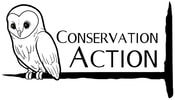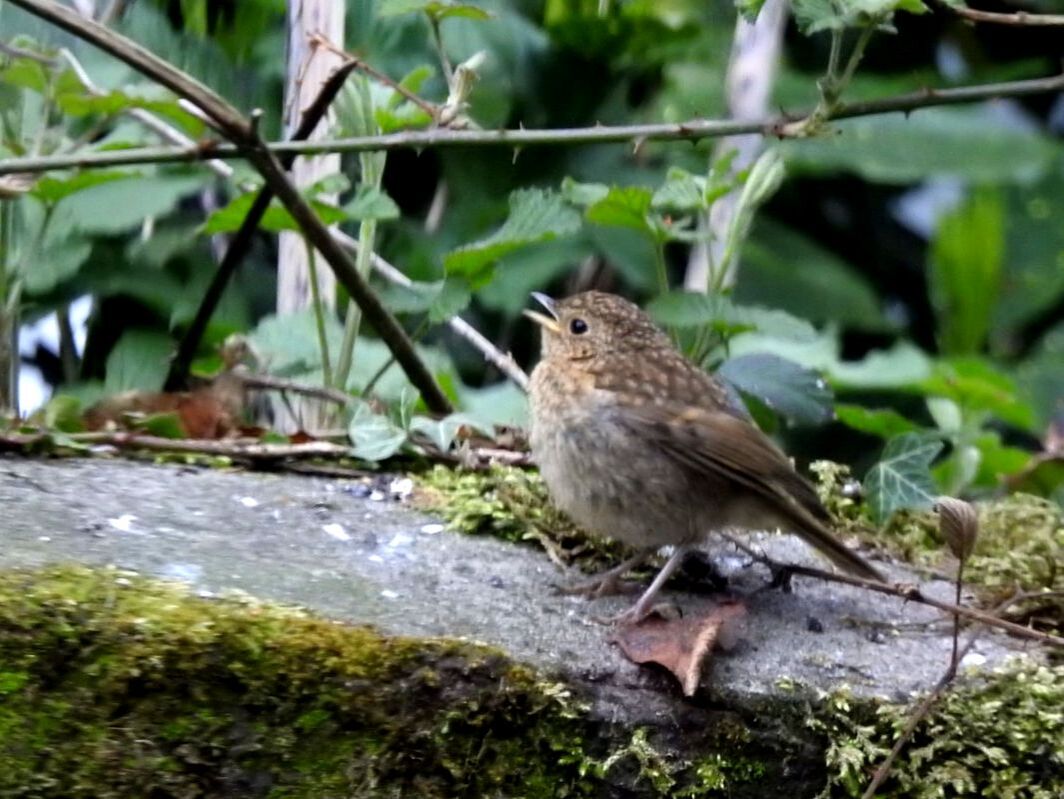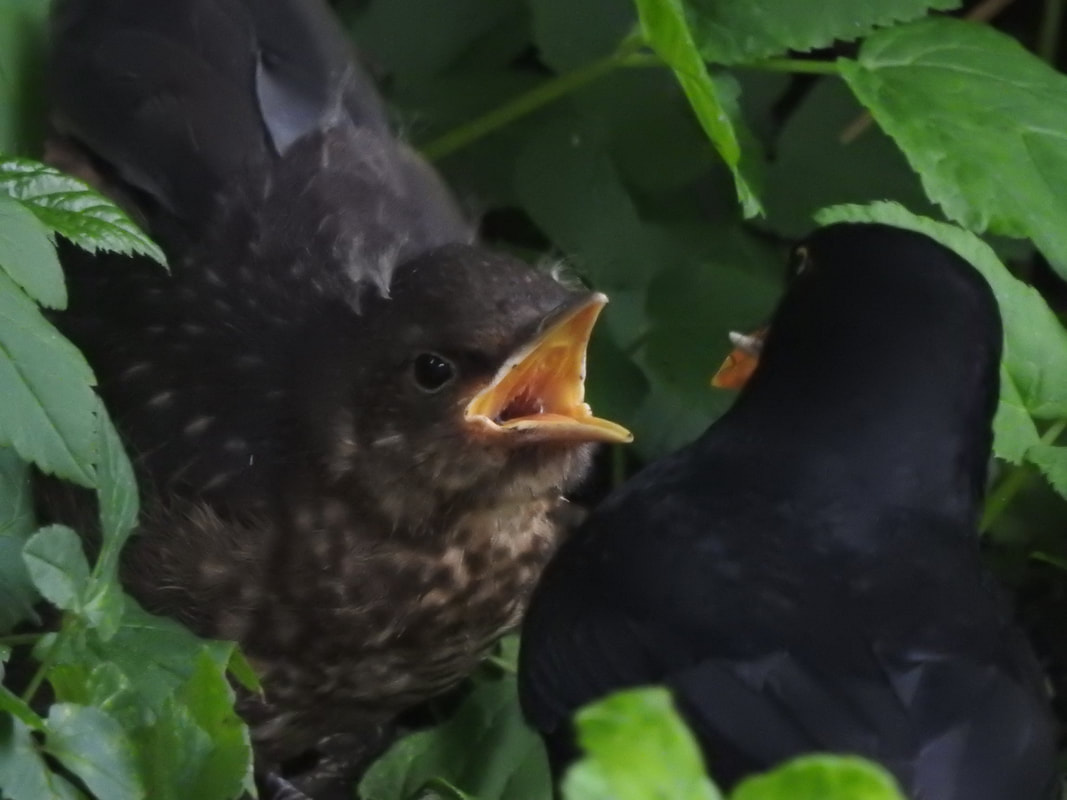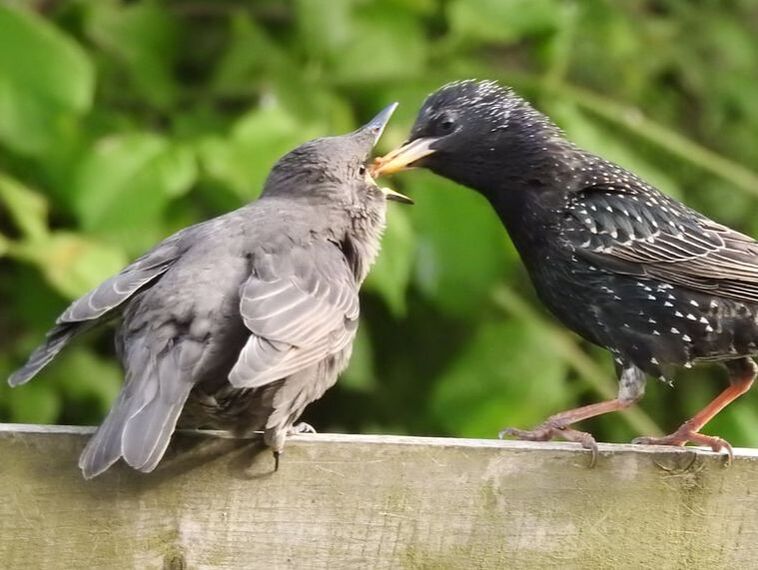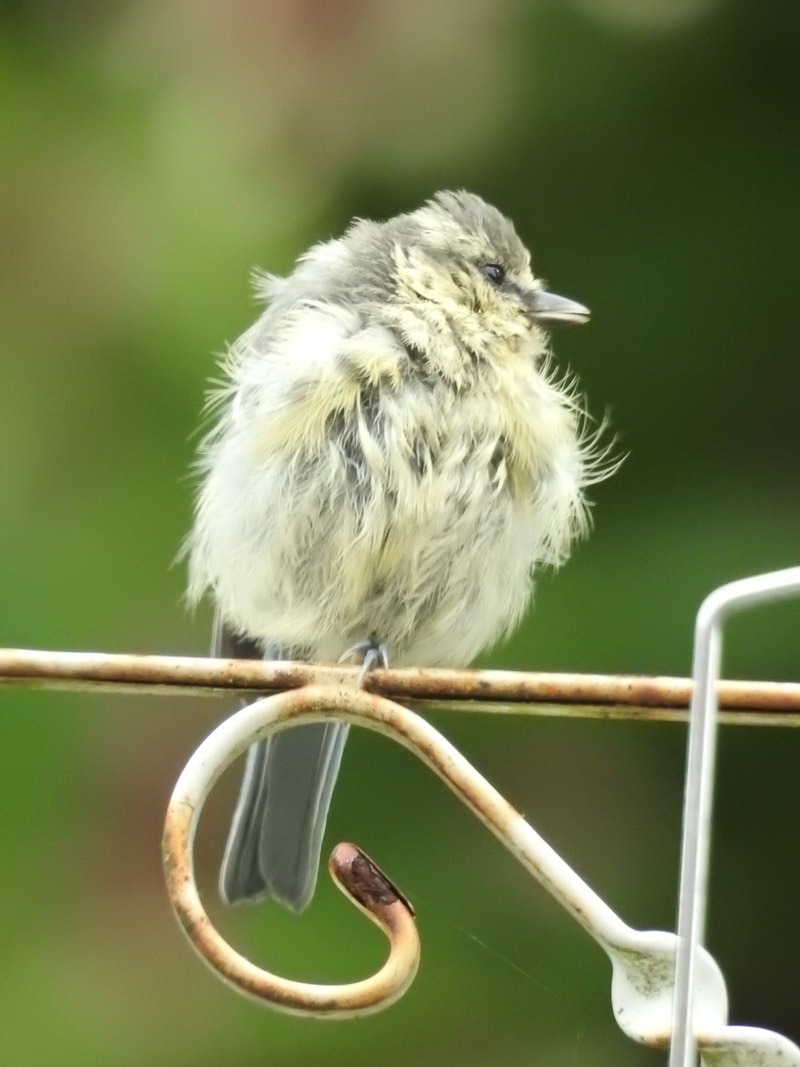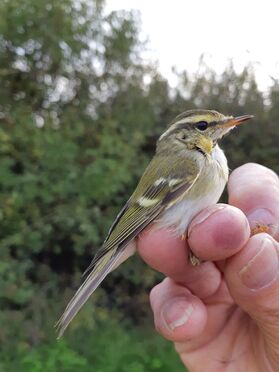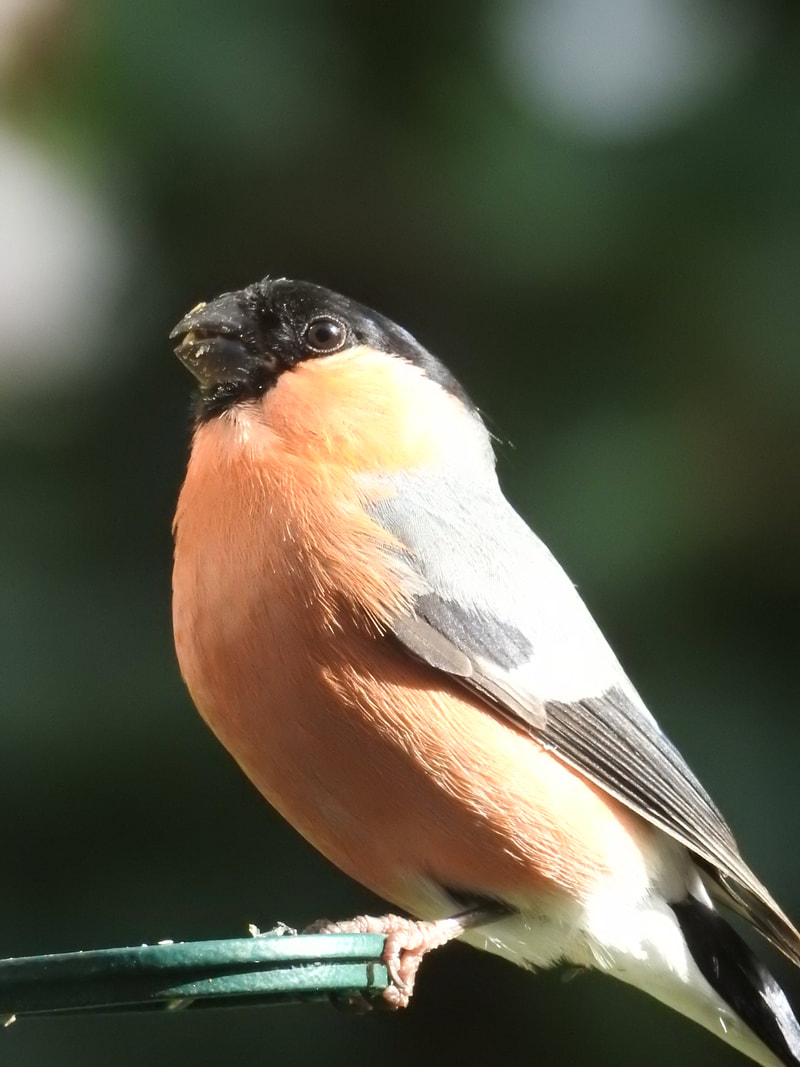Conservation Action 2022 Report
Conservation Action Wildlife Report 2022 - A review of the birds of Squire's Down and beyond. Click here.
THE STATE OF THE WORLD
In addition to the significant factor climate change will have upon the extinction of species, the growth in human pressure on the biosphere, and especially human consumption levels, are leading directly to the rapid deterioration of the world’s physical condition. The Global Footprint Network (www.footprintnetwork.org) estimates that we are using approximately 170 per cent of the world’s sustainable productivity now, up from an estimated 70 per cent in 1970. Consequently, much higher estimates of future extinction – say, within this century – appear warranted than those based on current conditions. The highest estimates of threat (up to 60 per cent) come from assuming that all species endemic to a country may be at risk because of their presumed small ranges and ongoing habitat loss (Pitman and Jørgensen, 2002) as the conditions just enumerated accelerate.
"All in all, it seems reasonable to assume that half of all species, most of them unknown at the time of their loss, may disappear within the remainder of this century" (Pimm & Raven, 2019).
"All in all, it seems reasonable to assume that half of all species, most of them unknown at the time of their loss, may disappear within the remainder of this century" (Pimm & Raven, 2019).
OUR OBJECTIVES
|
To protect, restore, preserve and support wild bird and other wildlife populations and their habitats. |
To promote the conservation of biological diversity and the natural environment and to raise awareness and understanding of conservation. |
To undertake, support and co-ordinate research and monitoring of wild birds and other wildlife and their environment. |
The main aim of this project Conservation Action, is to develop poor agricultural land into a habitat that can support a wide range of invertebrate and vertebrate species, especially birds, for the benefit of future generations. An important long-term objective is to demonstrate what can be achieved by creating such a habitat within a small area (in this case only 11 acres) and quickly improving its biodiversity.
|
Discover
The psychological welfare of watching (and caring for) wildlife are well documented. This observation of the natural world can not only be a hobby but also contribute to science. We work in association with The British Trust for Ornithology (BTO) to aid their scientific endeavours.
|
Conserve
Ringing birds is essential if we are to learn about how long they live and when and where they move, questions that are vital for bird conservation. Placing a lightweight, uniquely numbered, metal ring around a bird's leg provides a reliable and harmless method of identifying birds as individuals.
|
Change
Did you know that whenever you buy anything online – from your weekly shop to your annual holiday – you could be raising free donations for Conservation Action with easyfundraising?
It's FREE! See more here. |
References
Pimm, S. & Raven, P. (2019). The State of the World’s Biodiversity. 10.1017/9781108668675.006. [Available at: https://science.sciencemag.org/content/298/5595/989]
Pitman, N. & Jørgensen, P. (2002). Estimating the size of the world’s threatened flora. Science, 298(5595): 989–989. [Available at: https://www.researchgate.net/publication/228501270_The_value_of_ringing_for_bird_conservation]
Pimm, S. & Raven, P. (2019). The State of the World’s Biodiversity. 10.1017/9781108668675.006. [Available at: https://science.sciencemag.org/content/298/5595/989]
Pitman, N. & Jørgensen, P. (2002). Estimating the size of the world’s threatened flora. Science, 298(5595): 989–989. [Available at: https://www.researchgate.net/publication/228501270_The_value_of_ringing_for_bird_conservation]
